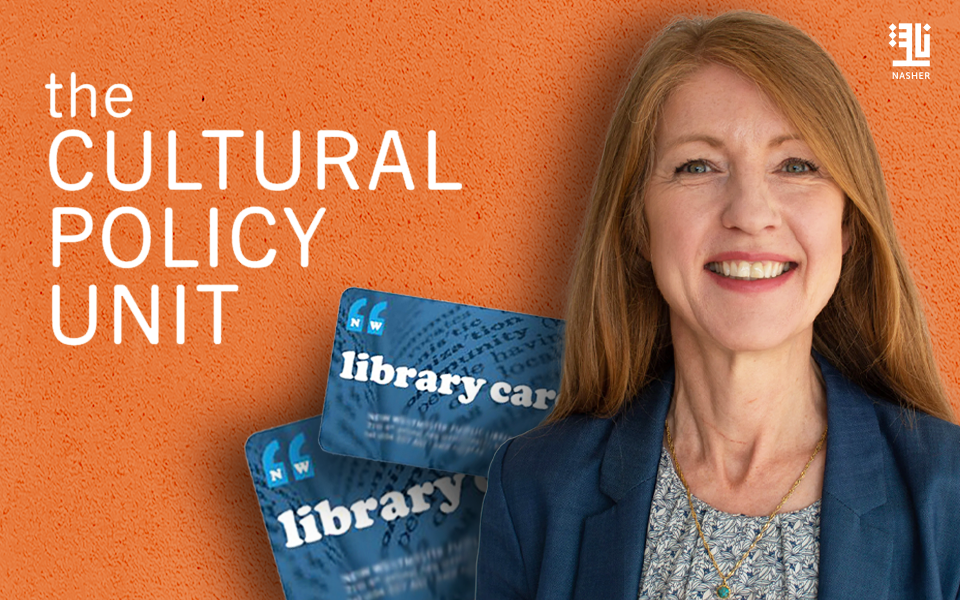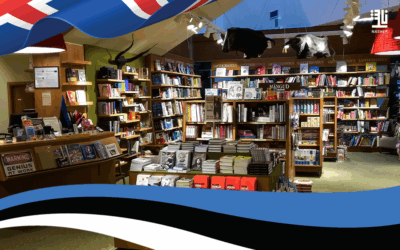Nothing compares to a good book accompanying us through the long summer days, whether we’re sitting in the shade of a tree, stretched out by the sea, or stealing quiet moments at home away from life’s commotion. But the question readers often ask each year is: What should we read in summer? The answer isn’t about specific titles, but rather about the type of reading that matches the rhythm of this unique season, offering us what we seek: entertainment or depth, lightness or escape, or even confrontation.
Many readers tend to favor what’s known as “light reading” during the summer. This doesn’t necessarily mean shallow reading, but rather stories that flow smoothly, with relatable characters and plots that don’t burden the mind with weighty questions. Summer is a time to shed responsibilities, and reading becomes a psychological haven, an experience to enjoy, not a mental exam. That’s why fast-paced novels or suspenseful stories often dominate bookshelves during this season.
On the other hand, some see summer as a golden opportunity for deep reading that the rest of the year rarely allows, thanks to its relative calm or extended holidays. For these readers, philosophical or intellectual books, and long-postponed titles, suddenly become accessible. They don’t view summer as a break, but as a space for reflection and a chance to rebuild their inner world through meaningful texts and ideas.
Others prefer contemplative or intimate reading, books that reframe our connection to the world or to memory, such as memoirs or literary works that blend personal narrative with fiction. In summer, when the pace slows and time stretches between events, these books hit differently. They feel like mirrors suddenly placed before our weary souls.
Reading in summer also takes on a geographic dimension. Some readers gravitate toward place-based literature, choosing books set in the cities they visit or tied culturally to their travel destinations. In this way, reading becomes an extension of the journey, a way to understand a place from within, not through travel brochures, but through the eyes and words of those who’ve captured it in writing. It’s a form of discovery, both external and internal.
As for children and young adults, summer reading opens the door to boundless imagination—far from school curricula and assignments. Picture books, fantasy novels, and stories paired with interactive activities play a key role in transforming the break into a time of wonder, not just idle play. This kind of reading instills the habit of reading as joy, not obligation, and allows it to grow with them.
Ultimately, there is no single recipe for summer reading, just as there’s no single way to enjoy it. What matters is that we read something that makes the season feel warmer than its sun and more generous than its long days. Reading is not only what we do in summer, it’s what makes summer itself richer and more joyful.







